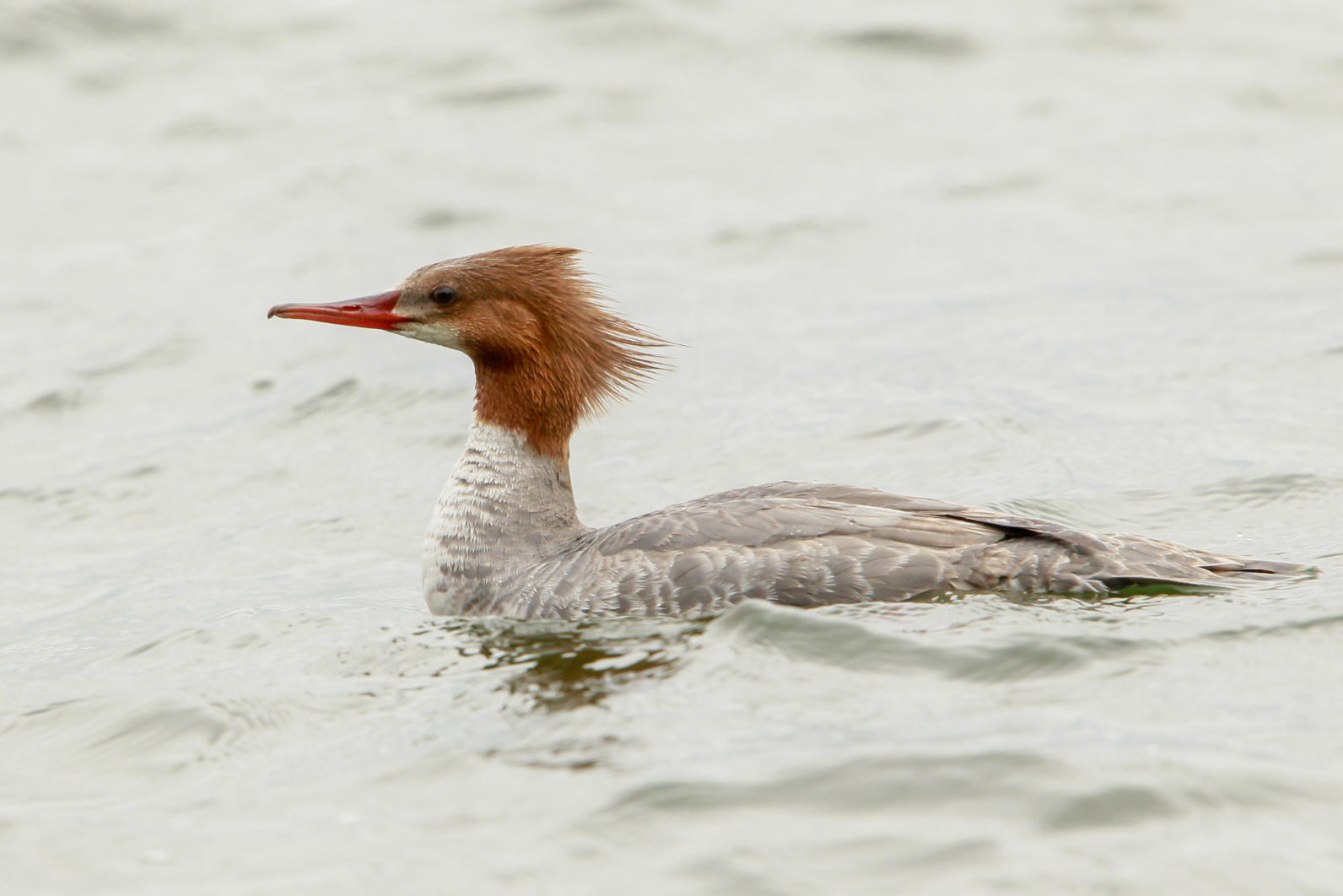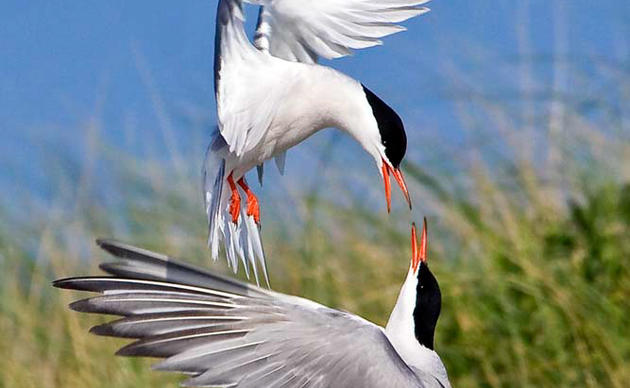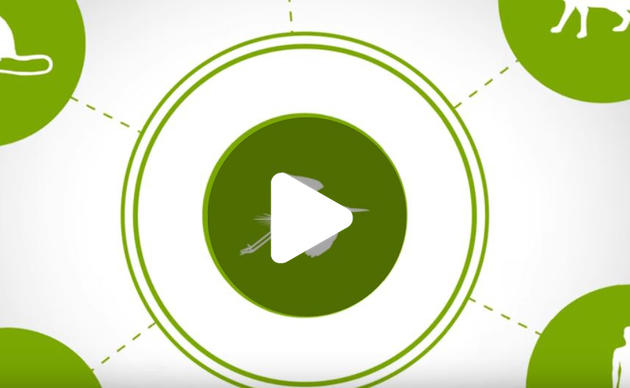Improving Lake Pepin Habitat

In southeast Minnesota, the Mississippi River flows through Lake Pepin for 21 miles. The lake is an important stopover and provides critical habitat for birds like the Common Merganser and the White Pelican as well as providing a unique and diverse fishery. The lake also helps to improve the quality of Mississippi River water for hundreds of miles downstream.
Unfortunately, many people don’t know that Lake Pepin is filling in with sand, mud, dirt, and organic material at 10 times its historical rate.
Lands are Leaking into the Lake
Each year, sediment – which includes mud, dirt, sand, and other organic material – rushes into Lake Pepin at an unprecedented rate. Lake Pepin once started near St. Paul and stretched for more than 60 miles, but over time, sediment filled in most of the lake, except for what Minnesotans see today. The lake acts as a catch basin and sediment accumulates along the edges, causing deep pools to fill in and disappear.
Sediment in the water has significantly increased in the past 150 years. More than 80 percent of the sediment pours in from the Minnesota River, with the majority being from bluffs, ravines, and stream banks. Approximately 35 percent of the sediment is from agricultural fields and surface runoff. The passage of the buffer law this year will help, but there are number of challenges with fixing the problem upstream. Even the best efforts still require changes to the management of Lake Pepin.
Sediment flowing into the lake also causes poor water quality. When stirred up by the wind, sediment becomes suspended in the water column and reduces water clarity. This highly turbid water prevents sunlight from reaching the lake bottom and limits the growth of aquatic plants which are important to a healthy ecosystem.
Sediment Solutions
Audubon Minnesota, Lake Pepin Legacy Alliance, and other partners want to build a series of islands that will block the wind, creating quiet pockets to clear up the water and grow aquatic vegetation. Islands will also direct flow and create protected areas for migrating and resident birds. Dredging will be used to provide topsoil to establish prairie or forest on the islands, and to create deeper areas for fish. As a result of these efforts, Audubon expects to see an increase the acreage of aquatic plants, which is important to a diversity of insects and fish species on which birds feed.
Future generations of wildlife and people will benefit greatly from the investments Audubon and partners are making today. Our work on the Mississippi River will ensure a healthier river, more wildlife and birds, better recreational access, and a stronger local economy.
How you can help, right now
Donate to Audubon
Help secure the future for birds at risk from climate change, habitat loss and other threats. Your support will power our science, education, advocacy and on-the-ground conservation efforts.
YOU can be a community scientist!
You can volunteer with Audubon Minnesota and help support birds.




